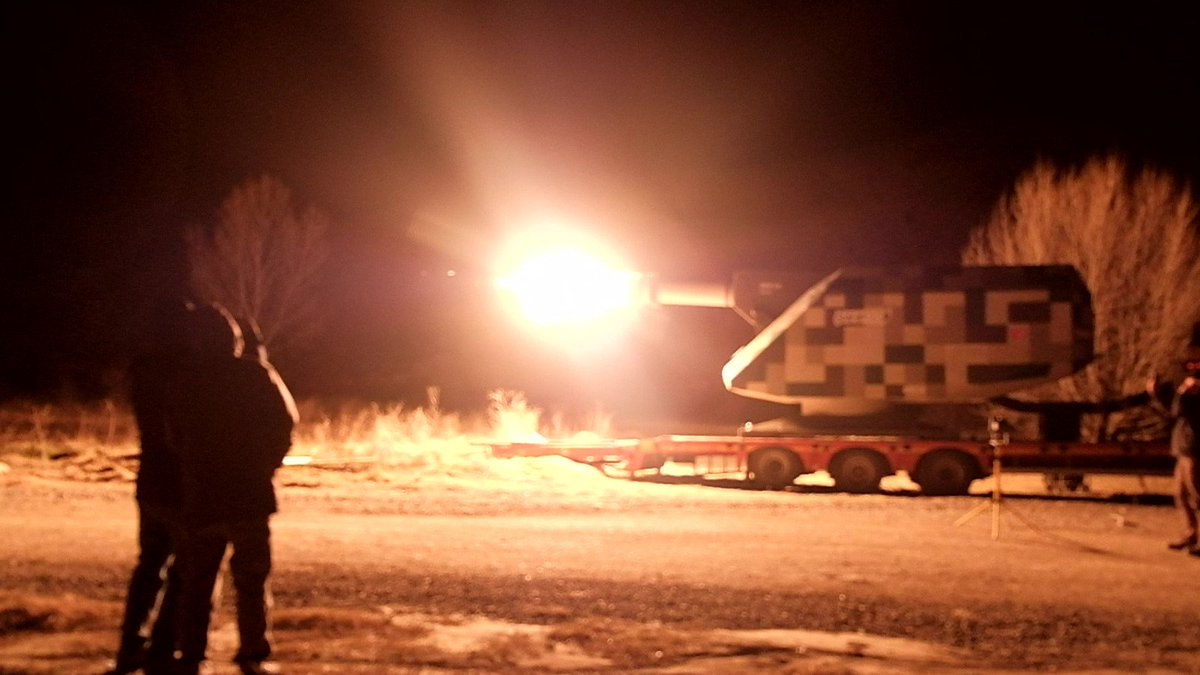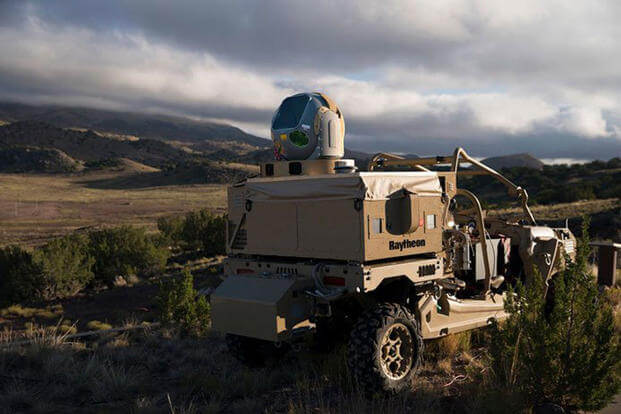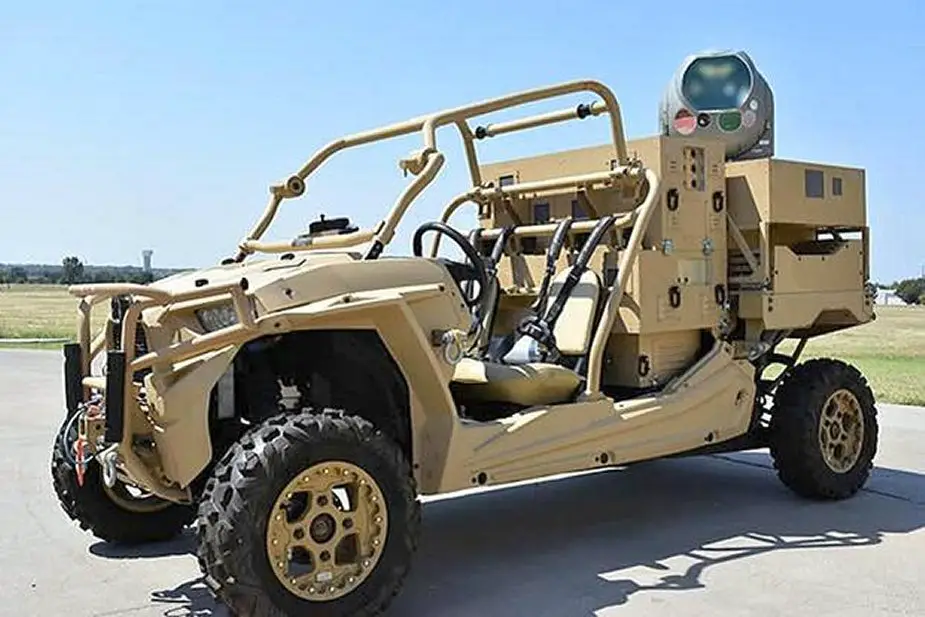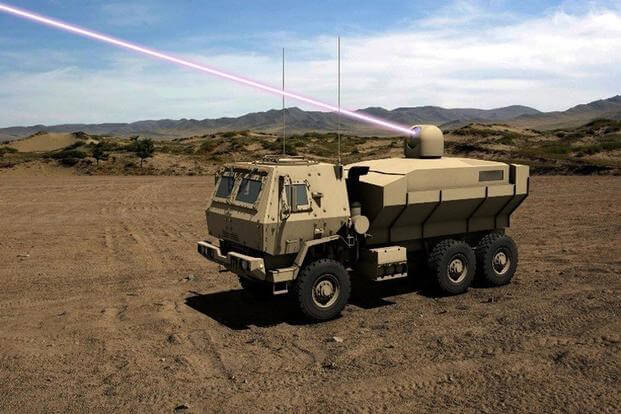The Pearl Harbor-based USS Preble will be the first destroyer to be equipped with a high-energy laser to counter surface craft and unmanned aerial systems, according to a published report, with the
Navy planning to one day use the powerful light beams to defend against Chinese or Russian cruise missiles.
Rear Adm. Ronald Boxall, the Navy's director of surface warfare, told Defense News that the Preble will be outfitted in 2021 with the High Energy Laser and Integrated Optical-dazzler With Surveillance system, or HELIOS.
"We are making the decision to put the laser on our (destroyers)," Boxall said. "It's going to start with Preble in 2021, and when we do that, that will now be her close-in weapon that we now continue to upgrade," according to Defense News.
The Phalanx close-in weapon system is used now to defend against airborne threats by spitting out a stream of projectiles from its automated 20 mm Gatling gun.
The Navy awarded Lockheed Martin a $150 million contract in 2018, with options worth up to $943 million, for the development of two high-power laser systems for testing on a destroyer and on land.
With the HELIOS system, Lockheed Martin said it will "help the Navy take a major step forward in its goal to field a laser weapon system aboard surface ships."
The Congressional Research Service said in a May report that the Navy is developing three new ship-based weapons: solid-state lasers, an electromagnetic railgun and a gun-launched guided projectile that "could substantially improve" the ability of Navy surface ships to defend against surface craft, unmanned aerial vehicles and, eventually, anti-ship cruise missiles.
"Any one of these new weapons, if successfully developed and deployed, might be regarded as a 'game changer' for defending Navy surface ships" against enemy missiles, the report states.
Hawaii already has been a test site for the gun-launched guided projectile, also known as the hypervelocity projectile, as well as flight-testing of a hypersonic vehicle.
The Navy has made "substantial progress" toward deploying lasers on ships, which would be used initially for jamming or confusing (i.e. "dazzling") enemy surveillance sensors and for countering small boats and unmanned aerial vehicles, the research service said.
The Modern War Institute at West Point wrote in late 2018 that drone swarm technology is a growing threat. The report said China is interested in swarm technology as a method of attacking aircraft carriers.
Iran's Defense Ministry, meanwhile, announced in March that it had conducted an exercise in the Persian Gulf involving 50 combat drones.
The HELIOS effort is focused on rapidly fielding a 60-kilowatt high-energy laser with "growth potential" to 150 kilowatts.
Lockheed Martin said it demonstrated that a 10-kilowatt system can defeat small airborne targets with the "speed of light" capability and that a 30-kilowatt system had disabled a stationary truck target.
The Navy previously tested a 30-kilowatt laser in 2017 aboard the afloat forward staging base USS Ponce, shooting a small Scan Eagle unmanned aerial vehicle out of the sky.
With further development, lasers can be used to save costly defensive missiles for the most sophisticated threats. Challenges include packing enough power on a ship, with advances needed to scale power into the hundreds of kilowatts, the Navy said.






